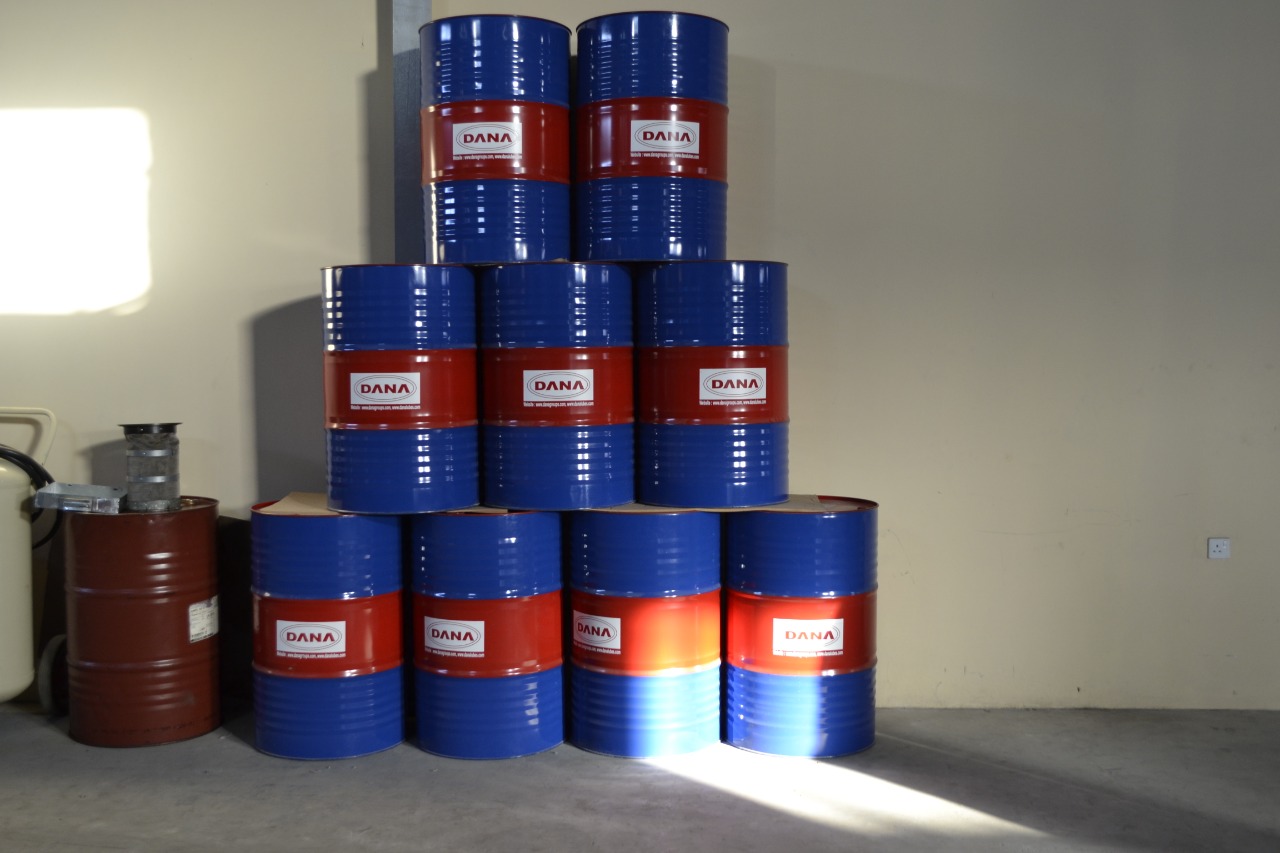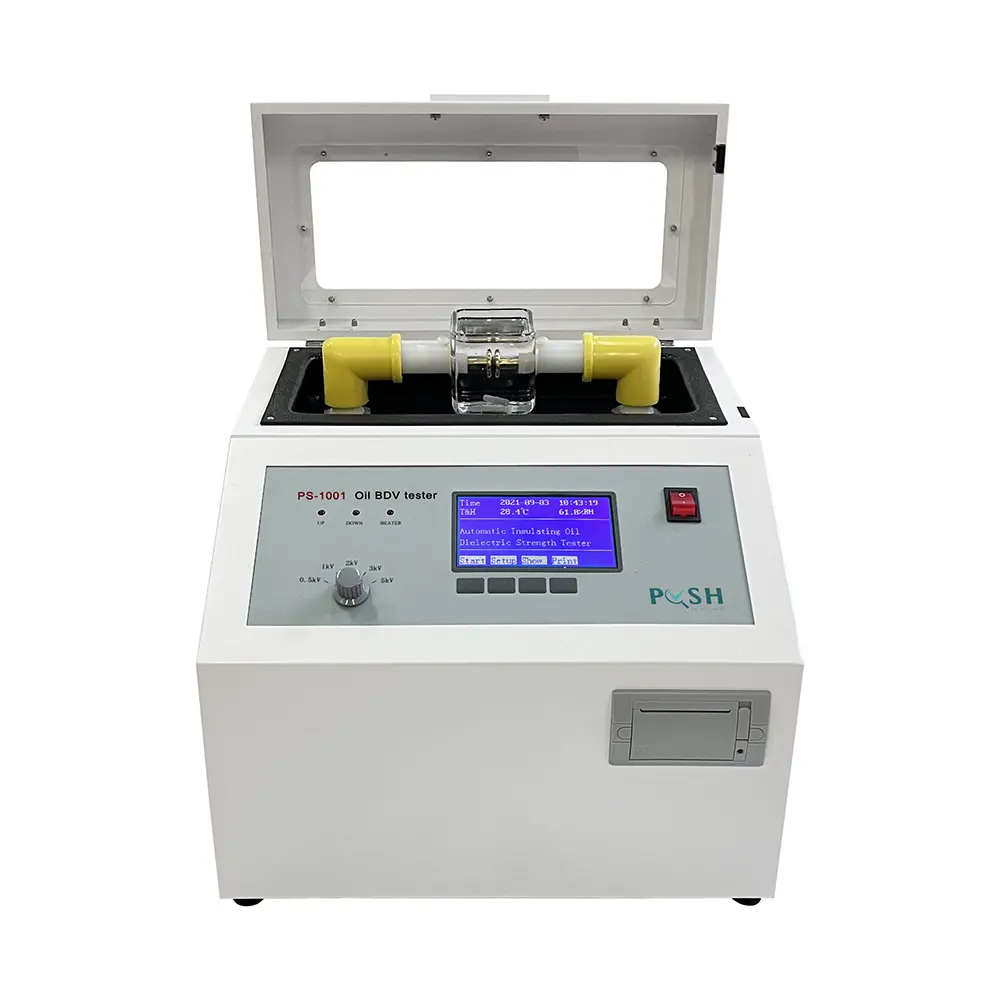Why Dielectric Transformer Oil Issues: Trick Functions and Maintenance Tips
The value of dielectric transformer oil prolongs beyond plain capability, playing a critical function in both the insulation and air conditioning of electrical transformers. Its unique residential or commercial properties, such as high dielectric stamina and chemical stability, add to functional effectiveness and safety. Nevertheless, the upkeep of these oils is equally vital to avoid issues that may endanger transformer efficiency. Comprehending the essential attributes and best practices for maintenance is necessary for ensuring long life and integrity. As we discover these elements even more, the effects for transformer health and functional performance become progressively apparent.
Importance of Dielectric Transformer Oil
Dielectric transformer oil plays a crucial function in the reliable procedure of electric transformers, as it is consistently employed as both a coolant and an insulator. Its shielding buildings avoid electrical discharges and arcing, which are critical to keeping the honesty of transformer parts. By efficiently isolating conductive components, dielectric oil enhances the safety and integrity of the transformer, consequently expanding its operational life-span.
In addition to its protecting capabilities, dielectric transformer oil acts as a coolant, taking in and dissipating warm created during the electrical change procedure. This thermal administration is necessary to prevent getting too hot, which can bring about devices failing and expensive downtime. The oil circulates within the transformer, effectively moving warm away from critical areas, hence making certain optimum efficiency.
Moreover, the chemical security of dielectric oil is crucial for reducing the oxidation and deterioration that can occur with time (transformer oil recovery). Normal tracking of its residential properties, such as moisture material and level of acidity, is vital for keeping its efficiency. On the whole, the value of dielectric transformer oil can not be overemphasized, as it is fundamental to the secure, efficient, and long-term operation of electrical transformers
Trick Features of Dielectric Oil
The performance of dielectric transformer oil is mainly determined by its vital characteristics, that include high dielectric strength, thermal conductivity, and chemical stability. High dielectric strength is critical as it enables the oil to stand up to considerable voltage degrees without damaging down, thus stopping electrical arcing and ensuring secure procedure of the transformer. This particular is vital for keeping the integrity of electrical systems.
Thermal conductivity is one more essential feature of dielectric oil. It helps with effective warmth dissipation from transformer components, lessening the threat of getting too hot and extending the life-span of the tools (used transformer oil). Reliable thermal management is essential in maintaining ideal operating temperatures, which straight affects efficiency
Chemical security is similarly important, as it makes certain that the oil does not degrade or react adversely with materials within the transformer with time. This stability aids preserve the oil's shielding residential properties and prevents the development of hazardous sludge or deposits that can impair performance.
Furthermore, reduced viscosity at operating temperature levels enables for far better flow within the transformer, cooling both improving and insulation. Together, these essential qualities make sure that dielectric transformer oil does effectively, sustaining the overall effectiveness and reliability of electric systems.
Advantages of Using Dielectric Oil

In addition, dielectric oil functions as an efficient coolant, dissipating heat generated during transformer procedure. This temperature regulation is necessary for avoiding overheating, which can cause equipment failure or decreased life-span. The oil's thermal residential or commercial properties contribute to ideal functional conditions, enabling transformers i thought about this to function at their ideal.
An additional substantial benefit is the oil's chemical security and resistance to oxidation. These residential read review properties lower the development of sludge and various other destruction by-products, consequently reducing upkeep requirements and extending the periods in between oil changes. Dielectric oil gives excellent dampness absorption capacities, which safeguard the transformer from the damaging effects of water access.
Maintenance Finest Practices

Furthermore, preserving the transformer's temperature within specified limits is essential. Raised temperature levels can increase oil degradation, detrimentally affecting its dielectric homes. Implementing a temperature level monitoring system can assist in keeping optimum conditions.
Furthermore, making sure appropriate ventilation and cooling of the transformer unit decreases the danger of getting too hot. It is additionally vital to maintain the transformer complimentary from debris and pollutants that may compromise its efficiency.
Conducting regular visual assessments for leakages, rust, or indicators of endure gaskets and seals is one more finest technique. Any type of irregularities ought to be addressed promptly to protect against oil contamination and maintain system integrity.
Lastly, establishing a maintenance routine that includes oil replacement or therapy can enhance the lifespan of dielectric oil, ensuring it proceeds to do successfully. By embracing these maintenance finest methods, drivers can enhance transformer performance and reduce unplanned downtime.
Common Problems and Solutions
Transformers using dielectric oil can experience several usual issues that might impact their look at here efficiency and dependability. One noticeable issue is the destruction of the oil as a result of thermal anxiety, which can cause decreased dielectric toughness and boosted danger of arcing. Regular surveillance of the oil's temperature level and carrying out cooling options can alleviate this problem.
An additional problem is moisture ingress, which can compromise the insulating properties of the oil. This can be addressed via regular testing for water content and using desiccants or vacuum dehydration procedures to remove dampness.
In addition, the formation of sludge as a result of oxidation can obstruct regular procedure. This can be resolved by routine oil filtering and replacement when needed, making sure ideal liquid tidiness.

Final Thought
To conclude, dielectric transformer oil plays an essential function in guaranteeing the reliable procedure and safety and security of electrical transformers. Its essential attributes, including high dielectric toughness and chemical security, add to optimum performance while minimizing upkeep requirements. Sticking to finest upkeep methods, such as regular surveillance of dampness and acidity, is essential for protecting against typical issues and improving the functional life expectancy of transformers. The value of dielectric transformer oil can not be overstated in the realm of electrical infrastructure dependability.
The relevance of dielectric transformer oil expands past mere capability, playing a critical function in both the insulation and air conditioning of electrical transformers.Dielectric transformer oil plays a vital role in the efficient procedure of electrical transformers, as it is consistently used as both an insulator and a coolant. In general, the relevance of dielectric transformer oil can not be overstated, as it is essential to the risk-free, effective, and long-term operation of electric transformers.
The effectiveness of dielectric transformer oil is greatly established by its essential characteristics, which consist of high dielectric toughness, thermal conductivity, and chemical stability.In conclusion, dielectric transformer oil plays an important duty in making sure the efficient procedure and security of electrical transformers.